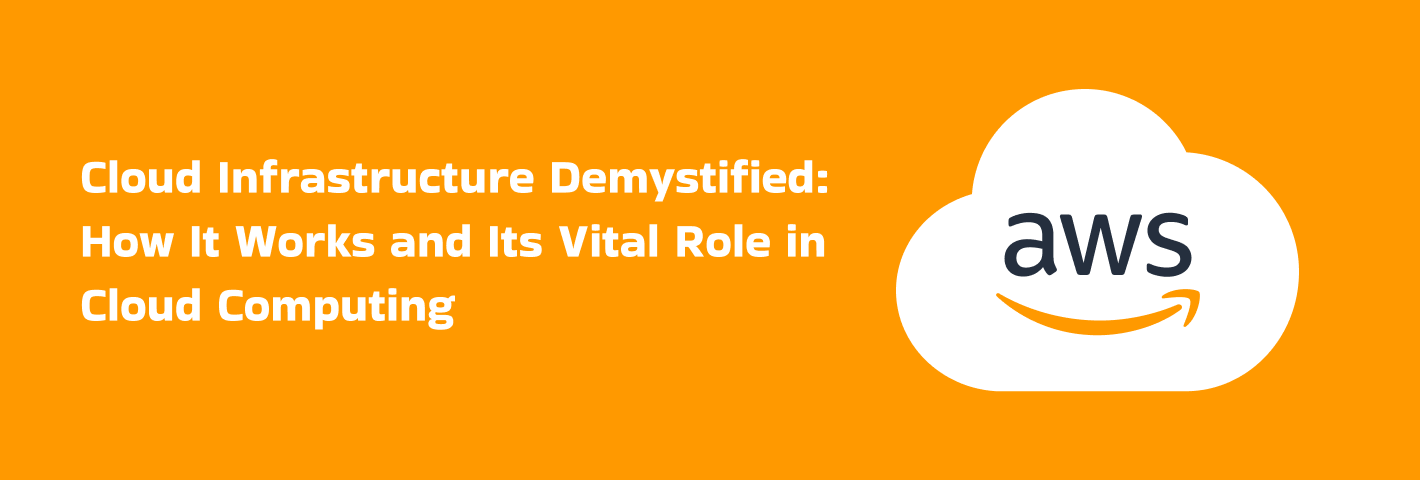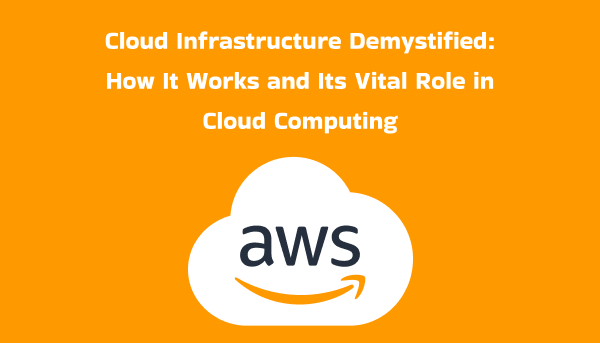
Cloud Infrastructure Demystified: How It Works and Its Vital Role in Cloud Computing
Cloud infrastructure is the backbone of modern technology, enabling businesses and individuals to access computing resources anytime, anywhere. But what exactly is cloud infrastructure, and why is it so crucial in cloud computing? This blog breaks it down.
What Is Cloud Infrastructure?
Cloud infrastructure refers to the combination of hardware, software, storage, and networking resources that form the foundation of cloud computing. It provides the essential building blocks for hosting and managing applications, data, and services over the internet.
The main components of cloud infrastructure include:
- Compute Resources: Virtual machines (VMs), containers, and servers that handle processing tasks.
- Storage: Cloud-based storage systems that allow for secure and scalable data storage, such as block, file, and object storage.
- Networking: Virtual networks, load balancers, and gateways that ensure seamless communication between applications and users.
How Does Cloud Infrastructure Work?
Cloud infrastructure works by virtualizing physical resources and distributing them across multiple servers in a data center. These resources are then accessed over the internet through platforms like public, private, or hybrid clouds. Users can scale resources up or down based on demand, paying only for what they use.
Key processes in cloud infrastructure include:
- Resource Allocation: Automatically distributing resources like CPU, memory, and storage to ensure optimal performance.
- Redundancy and Failover: Ensuring high availability and reliability by replicating data across multiple locations.
- Automation and Orchestration: Automating routine tasks and managing workflows through advanced tools.
The Role of Cloud Infrastructure in Cloud Computing
Cloud infrastructure plays a pivotal role in making cloud computing possible. Here’s how:
- Enables Scalability: Organizations can quickly scale resources to meet growing demands without investing in expensive hardware.
- Supports Agility: Businesses can deploy applications faster, experiment with new ideas, and respond to market changes with ease.
- Drives Cost Efficiency: Cloud infrastructure eliminates the need for upfront hardware investments, reducing operational costs.
- Enhances Security: With advanced encryption, compliance, and disaster recovery features, cloud infrastructure ensures data safety.
- Promotes Innovation: By providing on-demand access to cutting-edge tools and technologies, it fosters innovation across industries.
Conclusion
Understanding cloud infrastructure is essential for anyone leveraging the power of cloud computing. By virtualizing resources and offering flexible, scalable, and secure solutions, cloud infrastructure is transforming how businesses operate and innovate. Whether you’re a developer, IT professional, or business leader, knowing how cloud infrastructure works will help you harness its full potential.


